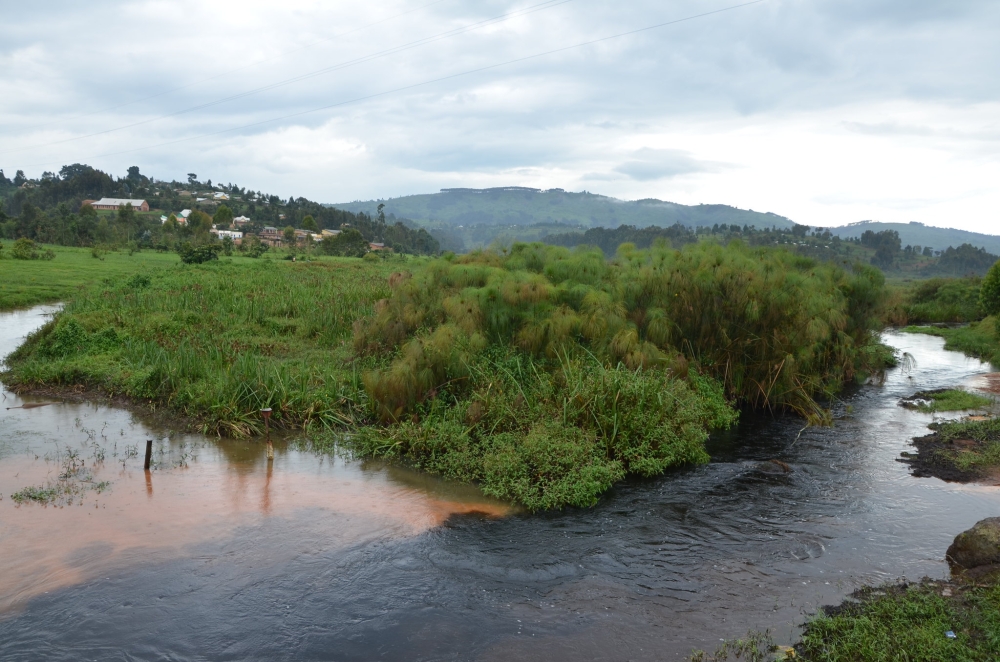

The government has earmarked 35 swamplands that will be fully protected across the country, a move that may result in the eviction of farming activities on approximately 2,000 hectares, The New Times has learnt.
Swampland means a plain area between hills or mountains with water and biodiversity as identified by boundaries. These swamplands, identified by their distinctive water features and rich biodiversity, will receive comprehensive protection under a new order issued by the Prime Minister and gazetted on January 31, 2024.
ALSO READ: Call for proper exploitation of wetlands
According to the Prime Minister’s order, all activities within these designated swamplands, except those related to authorized research or science conducted by the Ministry of Environment, are strictly prohibited.
Among the swamplands earmarked for full protection are Akagera Aval, Kivumba, Kizi, and various others situated across different districts of the country.
It's noted that some of these swamplands, covering about 2,000 hectares in total, were previously under cultivation. As the protection measures are implemented, farmers engaged in these areas may face eviction.
An assessment will be conducted to determine the number of farmers affected by these protection measures during the implementation process.
ALSO READ: Over 40% of Rwanda’s wetlands ‘lost their pristine nature’
Additionally, a significant portion of the swamplands proposed for protection has been identified as potential Ramsar sites. These sites, designated under an international convention, signify wetlands of global importance.
However, officials from the Rwanda Environment Management Authority (REMA) clarified that existing farming activities will not be immediately halted. Instead, they will be closely monitored to mitigate potential environmental damage. Once these swamplands achieve Ramsar status, all existing activities, including farming, will be phased out.
Currently, Rugezi Wetland stands as Rwanda's sole Ramsar site.
Furthermore, the Prime Minister's order delineates the classification and utilization of unprotected swamplands. Out of 931 gazetted swamplands, 35 are now designated for full protection, leaving the remaining 896 available for various activities under concession agreements.
Concessions for unprotected swamplands authorize activities such as agriculture, fish farming, tourism development, and others, subject to stringent environmental regulations.
ALSO READ: Exploiting city wetlands must be done sustainably
The duration of these concessions is capped at 30 years and can be extended by mutual agreement between the government and the concessionaire.
The order emphasizes that concessionaires must adhere to environmentally friendly practices and refrain from activities that may harm the swamplands. Additionally, concessional fees are mandated, ensuring responsible land use.
The order also provides provisions for reclassification of swamplands and rectification of boundaries, underscoring the government's commitment to sustainable environmental management.
ALSO READ: What is the economic value of wetlands straddling Rwanda and Burundi? Individuals or entities conducting activities on unprotected swamplands are required to comply with designated land use or face removal. Those currently operating on such lands have a grace period of six months from the publication of the order to apply for concessions or cease activities.


